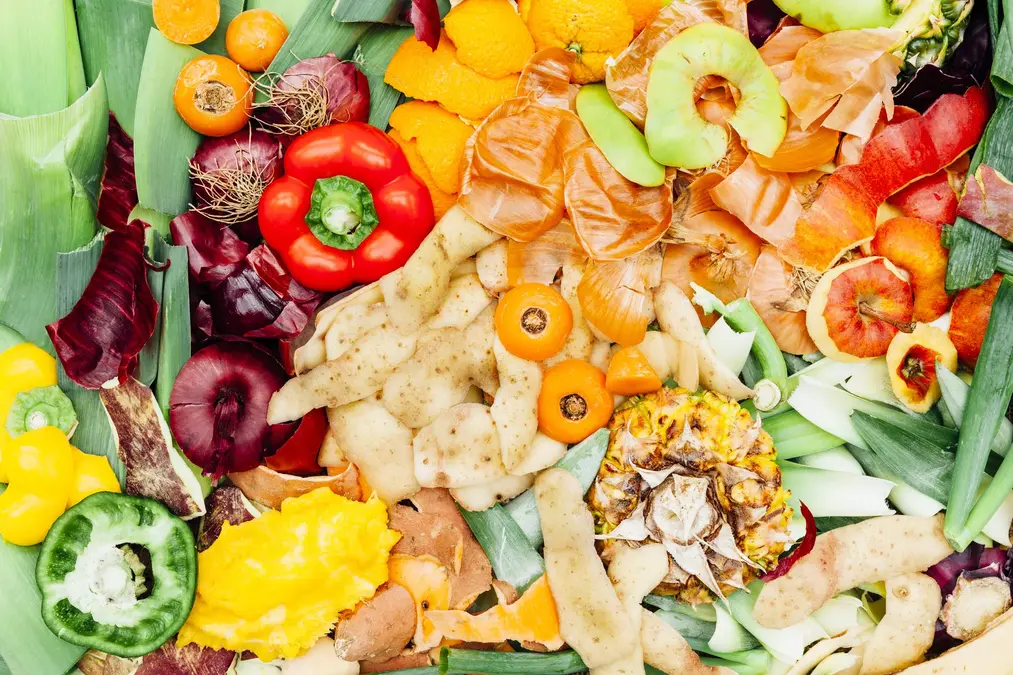Table of Contents
Introduction
Are you guilty of tossing aside fruit and vegetable peels without a second thought? You’re not alone. Many of us have been conditioned to discard peels as waste, but what if I told you that you could be missing out on a treasure trove of nutrients and health benefits? Yes, you heard that right – it’s time to rethink your approach to peels. In this article, we’ll delve into the fascinating world of fruit and vegetable peels and explore why you should consider incorporating them into your diet.
The Nutritional Powerhouse of Peels
When it comes to nutrition, peels often pack a powerful punch. Contrary to popular belief, the skin of fruits and vegetables is often where a significant portion of their nutrients reside. Take apples, for example. The skin of an apple contains a hefty dose of fiber, antioxidants, and vitamins, including vitamin C and vitamin A. By tossing out the peel, you’re essentially discarding a nutrient-rich portion of the fruit.
Unlocking Fiber and Antioxidants
Fiber is an essential nutrient that plays a crucial role in digestive health and overall well-being. Fortunately, fruit and vegetable peels are brimming with this dietary fiber. By incorporating peels into your diet, you can boost your fiber intake and support a healthy digestive system. Additionally, many peels contain antioxidants that help protect your cells from damage caused by free radicals, potentially reducing the risk of chronic diseases such as heart disease and cancer.
Reducing Food Waste
In a world where food waste is a significant issue, making use of every edible part of a fruit or vegetable can help reduce your environmental footprint. By consuming peels, you’re not only maximizing the nutritional value of your food but also minimizing waste. It’s a win-win situation for both your health and the planet.
Tips for Incorporating Peels into Your Diet
Now that you’re convinced of the benefits of eating peels, you may be wondering how to incorporate them into your diet. Fortunately, there are plenty of delicious ways to enjoy the nutritional goodness of peels:
- Smoothies: Throw a whole apple or pear, including the skin, into your blender when making a smoothie for an extra nutrient boost.
- Roasted Vegetables: Instead of peeling vegetables like potatoes, sweet potatoes, and carrots, simply scrub them clean and roast them with the skin on for added flavor and nutrition.
- Citrus Zest: The zest of citrus fruits like lemons, limes, and oranges is packed with flavor and nutrients. Grate the zest into salads, marinades, or baked goods for a burst of freshness.
- Homemade Chips: Slice fruits like apples or vegetables like sweet potatoes thinly, toss them with a bit of olive oil and your favorite seasonings, and bake them in the oven until crispy for a healthy snack option.
Potential Risks and Precautions
While fruit and vegetable peel,s offer numerous health benefits, it’s essential to exercise caution and be mindful of potential risks. Some peel,s may contain pesticide residues, so opt for organic produce whenever possible, or thoroughly wash conventionally grown fruits and vegetables before consuming the peel. Additionally, individuals with sensitivities or allergies to certain fruits or vegetables should exercise caution and consult with a healthcare professional if unsure.
Conclusion
Next time you’re tempted to discard fruit and vegetable peel,s, think again. By eating your peel,s, you’re not only boosting your intake of essential nutrients but also reducing food waste and supporting a healthier planet. So go ahead, embrace the peel, and reap the benefits of nature’s nutritional bounty. Your body – and the environment – will thank you for it.
Read Also:-WHAT IS XCV PANEL






